- Login
- Cart{{shopingCartNum}}
- English
Angina, a common and dangerous cardiovascular disease, often serves as a wake-up call in our lives, alerting us to its presence. It not only brings physical pain but also serves as a significant indicator of heart health.
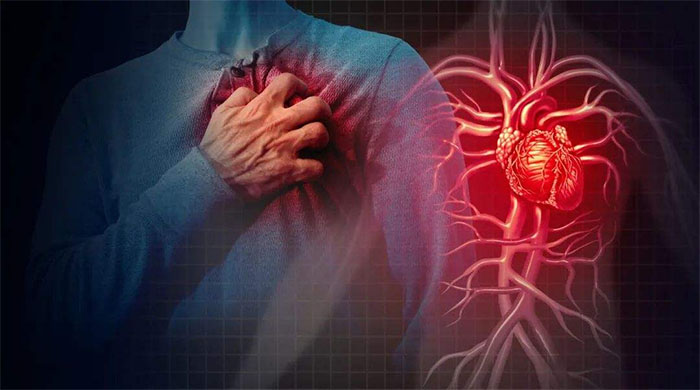
Angina is a type of chest pain or discomfort caused by inadequate blood supply to the heart, typically occurring during physical activity or emotional stress. This pain is a result of myocardial (heart muscle) oxygen deficiency and is often described as a sensation of pressure, tightness, or burning.
Characteristics: This type of angina occurs during activity, stress, or emotional fluctuations and subsides after rest or medication (such as nitroglycerin).
Pattern: The pain is usually predictable and of short duration (a few minutes).
Characteristics: This type of angina occurs at rest or with minimal activity, is more intense, lasts longer, and may not completely subside.
Risk: Unstable angina is a serious condition that indicates an increased risk of a heart attack and requires immediate medical attention.
Characteristics: This type of angina typically occurs at night or in the early morning during rest and is caused by coronary artery spasm.
Features: The pain is usually severe but can be relieved with medication.
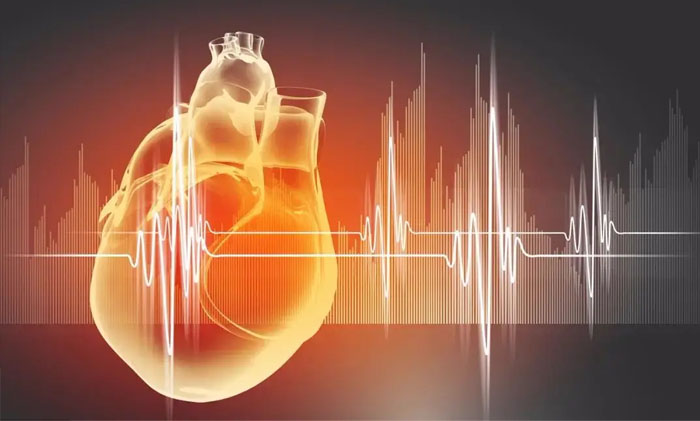
Chest pain is not always angina. Chest pain can be caused by various reasons, including but not limited to heart problems. Here are some common causes of chest pain:
Angina: Pain caused by myocardial ischemia, usually due to coronary artery narrowing or blockage.
Myocardial Infarction (Heart Attack): Heart muscle damage caused by myocardial ischemia, usually accompanied by severe pain and other symptoms such as shortness of breath, sweating, etc.
Pericarditis: Inflammation of the pericardium (the membrane surrounding the heart), which may cause chest pain.
Gastroesophageal Reflux Disease (GERD): Stomach acid reflux into the esophagus, causing a burning sensation and pain in the chest.
Musculoskeletal issues: Such as rib fractures, muscle strains, or inflammation.
Pulmonary issues: Such as pneumonia, pleurisy, or pulmonary embolism.
Psychological factors: Anxiety and panic attacks can also cause chest pain.
To determine the specific cause of chest pain, timely medical attention and detailed examination and diagnosis are recommended. Angina is often an emergency that requires immediate attention, so if you suspect you have angina or symptoms of a heart attack, seek medical help immediately.
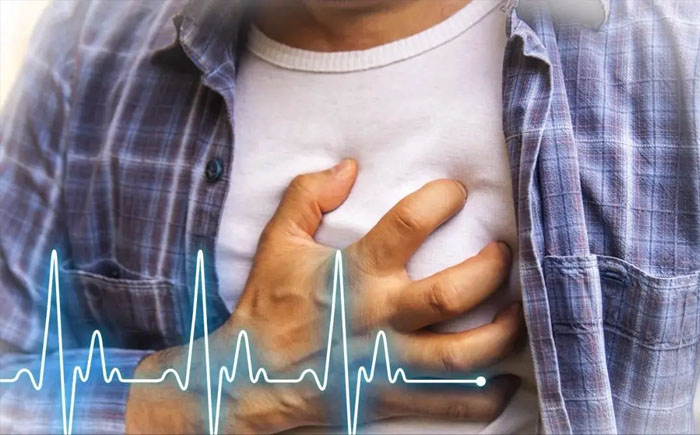
1. Chest pain or discomfort: often presents as a feeling of pressure, tightness, suffocation, or burning in the chest. The pain usually occurs behind the sternum and may also radiate to the left shoulder, left arm, neck, jaw, or back.
2. Precipitating factors: symptoms often occur during physical activity, emotional stress, overeating, or in cold weather.
3. Duration: the pain or discomfort usually lasts for several minutes and typically subsides with rest or the use of nitroglycerin.
4. Associated symptoms: sometimes accompanied by sweating, nausea, shortness of breath, dizziness, or fatigue.
5. Types:
- Stable angina: symptoms occur in a predictable pattern, usually triggered by specific factors, and can be relieved by rest or medication.
- Unstable angina: symptoms occur unpredictably, may occur at rest, last longer, and are more severe, requiring urgent treatment.
- Variant angina: typically occurs during nighttime or early morning rest and may be associated with coronary artery spasm.
If you or someone else experiences the above symptoms, especially if they do not subside after rest, immediate medical attention is advised, as it may be a precursor to acute coronary syndrome.

1. Coronary artery disease: the most common cause, where atherosclerosis or blockage of the coronary arteries leads to inadequate blood supply to the heart muscle.
2. Hypertension: increases the workload on the heart, raising the risk of angina.
3. High cholesterol: leads to atherosclerosis, restricting blood flow.
4. Diabetes: damages blood vessels, increasing the risk of heart disease.
5. Smoking: damages blood vessels and reduces oxygen supply to the blood.
6. Obesity: increases the workload on the heart, leading to related diseases.
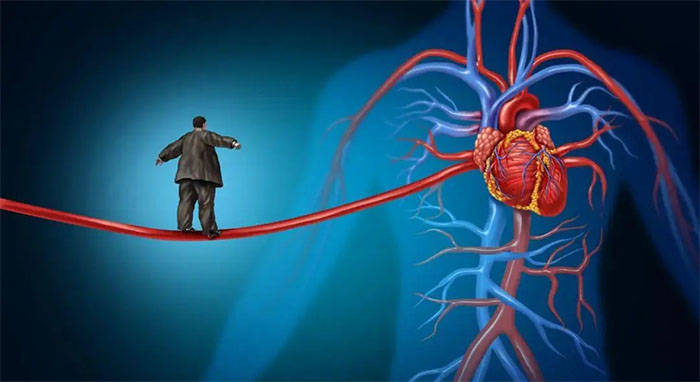
1. Healthy diet: low-fat, low-salt diet, increased intake of fruits, vegetables, and whole grains.
2. Regular exercise: moderate aerobic exercise such as walking, swimming, or cycling.
3. Quitting smoking: smoking is a major risk factor.
4. Weight control: maintaining a healthy weight reduces the burden on the heart.
5. Stress management: reducing stress through meditation, yoga, or other relaxation techniques.
1. Nitrate drugs: such as nitroglycerin, used to relieve angina attacks.
2. Beta-blockers: lower heart rate and blood pressure, reducing the heart's workload.
3. Calcium channel blockers: help relax blood vessels and increase blood flow.
4. Antiplatelet drugs: such as aspirin, to prevent blood clot formation.
1. Coronary artery stent implantation: to dilate narrowed arteries and restore blood flow.
2. Coronary artery bypass grafting: to bypass blocked arteries and establish new blood flow pathways.
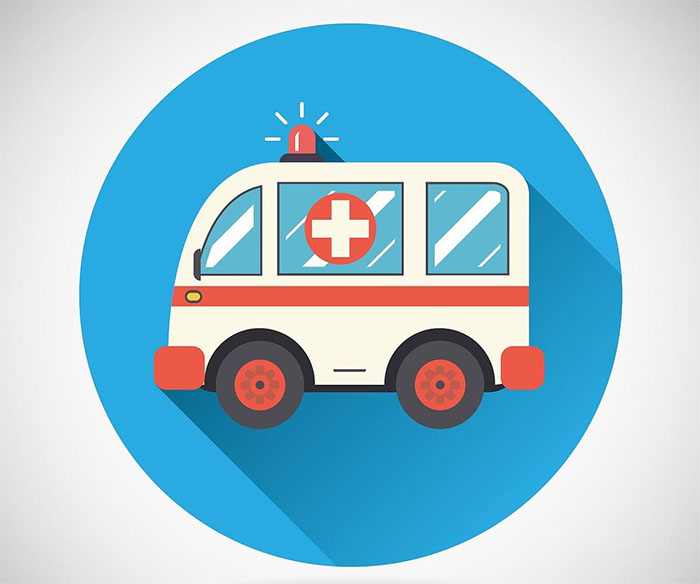
1. Chest pain lasts for more than a few minutes and does not subside with rest or medication.
2. Chest pain is accompanied by shortness of breath, nausea, vomiting, or fainting.
3. Chest pain spreads to the shoulders, arms, jaw, or back.
Angina pectoris is a serious health condition that requires timely diagnosis and treatment. By understanding the symptoms, risk factors, and management of angina pectoris, you can better protect your heart health and prevent heart attacks. Remember, early detection and treatment are key, so do not ignore any potential angina symptoms and seek professional medical help promptly.